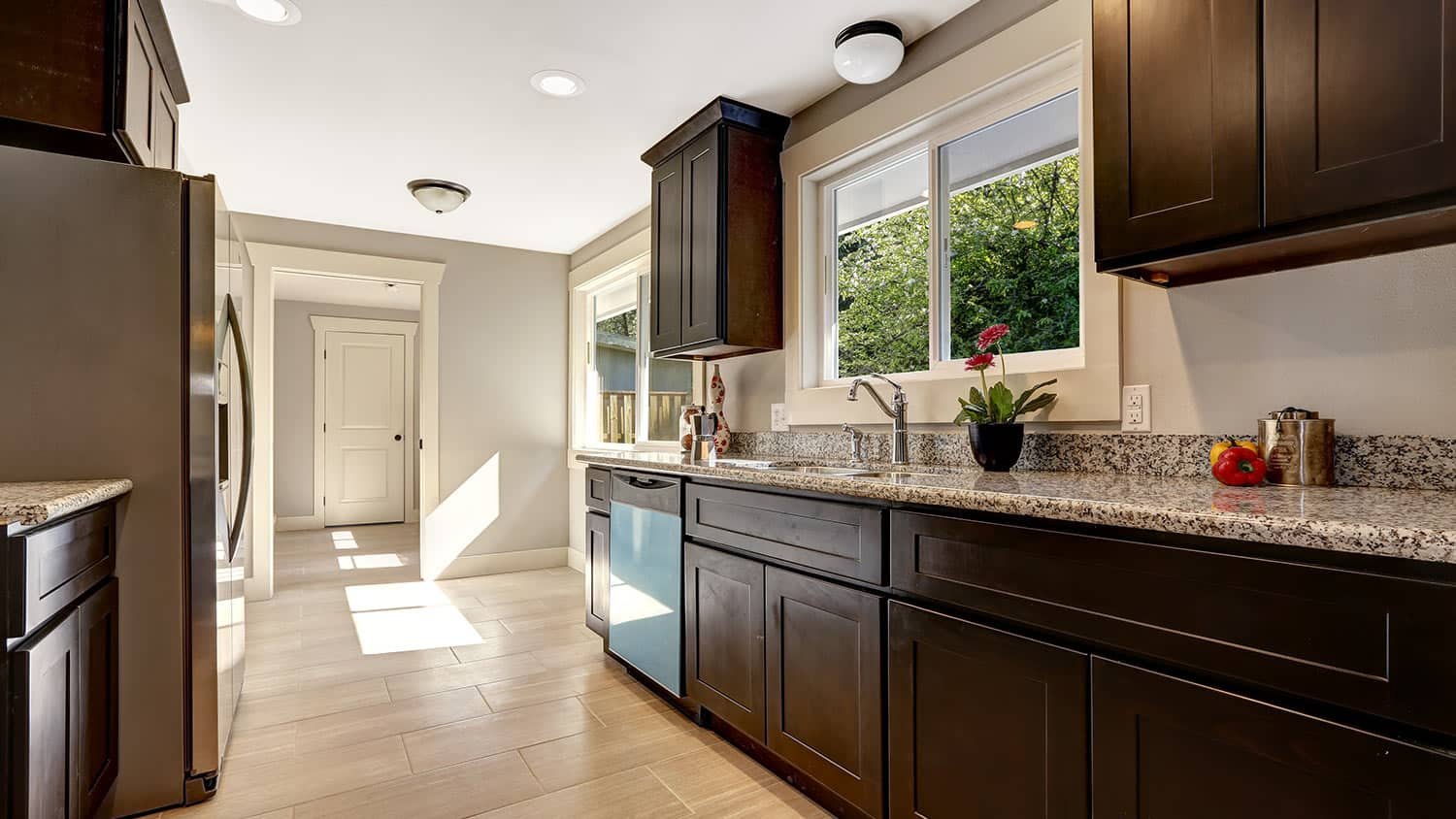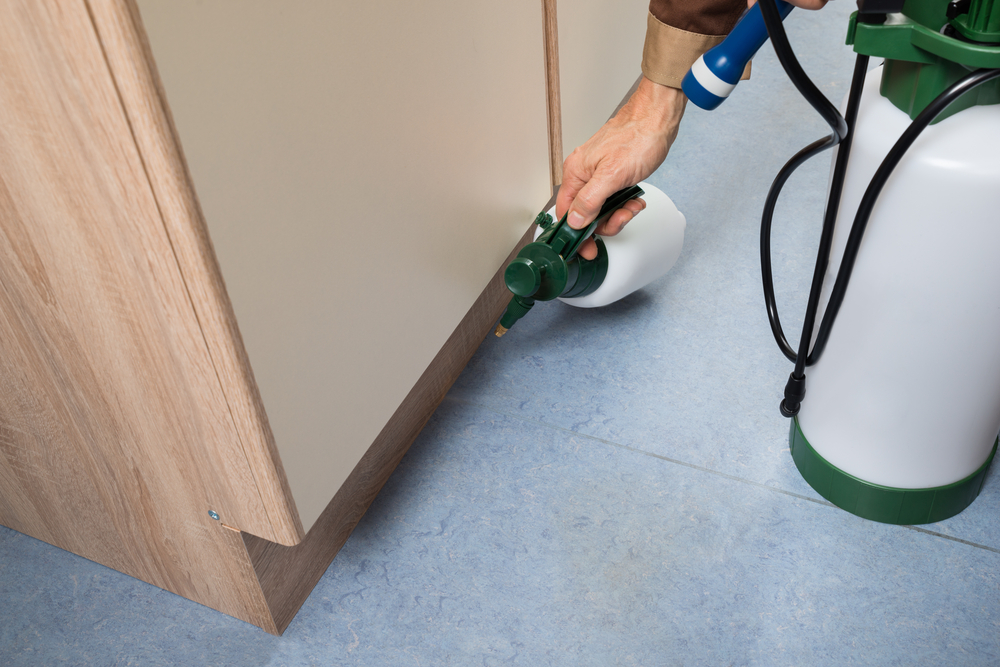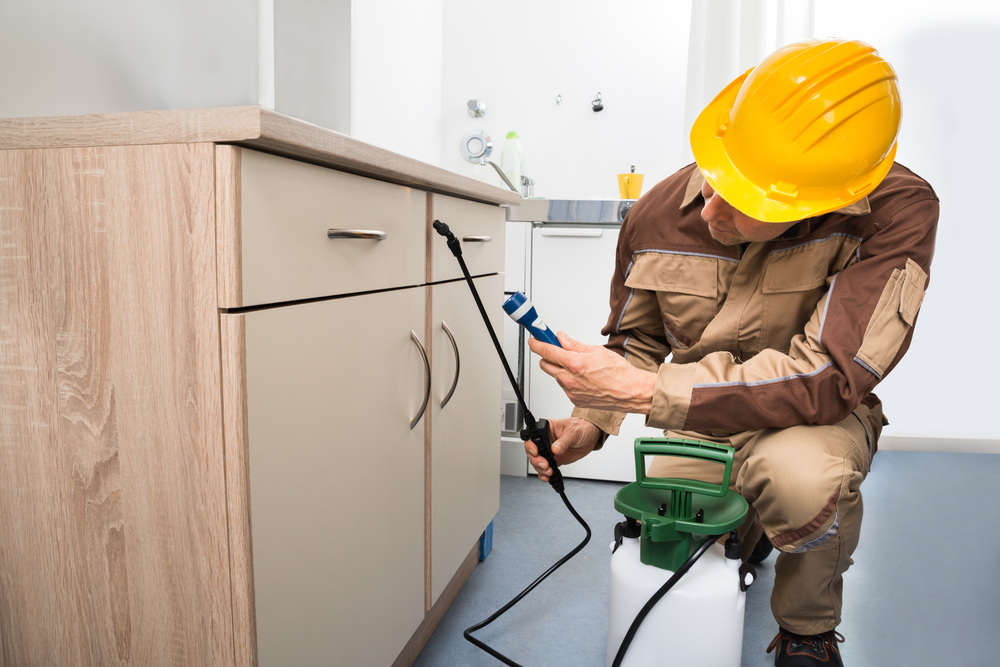There are so many different cabinets in Canada to choose from. It can be hard to decide which staining color will look best in your kitchen. This blog post will discuss the best staining colors for kitchens and why they work well. We will also guide you through your staining project and talk about alternative ways with cabinet refinishing, cabinet resurfacing and more.
When choosing a staining color for my kitchen cabinets in Canada, what factors should I consider?
Choosing a new staining color for your kitchen cabinets in Canada involves numerous aspects.
First, you will need to think about their purpose or what your custom woodwork is used for. Do you use the vanity top cabinet more than anything? Then maybe a staining color that emphasizes this area is best for you, like door refinishing on one side but not the other. If it's your dishware that catches your eye most often, then open shelving may be the right choice for your kitchen closets.
Also, think about how your staining color choice will fit with other colors in your kitchen. For example, some oak staining colors may not look great if you have a yellow backsplash because they can clash with it.
Other Factors to consider:
● Style of your kitchen
● The size of your space
● What you like aesthetically
What are the most popular staining colors for kitchens in Canada?
According to companies in Canada, the most popular staining colors for kitchens are natural oak, black, white, grey, and rustic. Natural oak is the easiest way to bring some warmth into your kitchen without making it feel heavy or oppressive.
For a modern design that contrasts with brilliant white walls, black is the way to go. White closets are also suitable if you want your kitchen design to be open and spacious - in this case, you might choose soft-closing hinges for extra practicality.
Colors and Style to consider:
● Natural oak: This is a great, classic look that will work with most styles and color schemes. It's also easy to maintain and durable.
● Black: If you want your kitchen design to be open and spacious, black is the way to go. But It can come across as cold and stark if it isn't accompanied by delicate trims, like glass. If you go for this look, make sure to paint the walls a warm white.
● White: This works well with contemporary designs because of its simplicity and lightness. Because it's so plain, however, it can also feel cold. Be sure to offset that impression by using pretty details on your Vancouver cabinetsor with the backsplash.
● Grey: This is a good option if your kitchen looks modern and sleek. Grey has become very popular with interior decorators because it's both warm and cool at the same time. It also looks great paired with accents like stainless steel or dark wood accents.
● Rustic: This look has been on-trend for a while but still works well. Mixing different woods in the same Vancouver cabinet helps them harmonize rather than clash.
How can I test out different staining colors on them before making a final decision?
One of the best ways to test out different staining colors is applying sample boards. This way, you can see how the doors and drawers will look before finalizing your choice. You can also try different glazes, such as matte or brushed metal. There are also three other ways to test out different staining colors in your home without actually having to stain them.
1. If you have one or two spare doors or drawers that can be replaced, then try them out in different paint colors to see how it looks with the rest of your kitchen.
2. Another way is by experimenting with drawer pulls. Aesthetically, these are just as important as a color choice since they will also help to highlight your Vancouver cabinets.
3. Try painting just one small wall in your kitchen with a sample paint color. It's an easy way to test out different shades without affecting the overall design of your kitchen or spending any money on cabinet replacement or hardware.
What is the process of staining?
Modern staining techniques have been created to produce professional results without a lot of fuss and bother. Our comprehensive guide will help you make a good decision about painting them without making costly mistakes. Like most renovation projects, preparation is key to getting the best results. To start, you will want to make sure that everything is clean and tidy before beginning any staining job. Be sure to remove all appliances before staining your closets to ensure a good outcome since appliances can hold moisture which doesn't give the finish the proper curing time needed.
Staining them is a simple but essential process that will give you the color and finish you want. Here's how it works:
Step 1 - Prime the surface
Start by using two coats of primer to cover any chipped areas or imperfections. Then apply one coat of stainable filler to the whole closet. Once this has dried, sand it down with a fine 220-grit paper until you have a smooth surface to work with. Wipe the Vancouver cabinets clean and then wipe them down once more to remove all residue from the sanding process.
Step 2: Put on the first coat of stain.
Apply two coats of stain, allowing them to dry between coats. To remove any remaining discoloration, simply use a clean cloth. Wipe them clean with denatured alcohol or paint thinner (be sure to wear gloves for all of these steps). The stain will be removed entirely with this method.
Step 3: Apply your second coat of stain.
Apply a second coat of stain precisely as you did the first. Then wipe it down with paint thinner or denatured alcohol again, applying two coats until your wooden cabinets are entirely covered.
How will new staining colors affect your cabinets in Canada?
Are there any other ways to update or improve my kitchen closets without staining them?
Once you've decided on a new staining color, you must apply the paint evenly. If you're not used to painting and don't own a paintbrush, then hire an experienced painter (or your very patient friend) for this job. Choosing the appropriate stain is only half the battle when it comes to staining your own wood.
If you don't want to replace your kitchen closets, there are various ways to freshen them up. Some of these include replacing the hardware, door refinishing, and drawer fronts. You can also give your Vancouver cabinets a face-lift with new handles or knobs, which you can easily install yourself.
How long will the new stain dry, and how can I ensure it lasts?
After staining them, it takes about two hours for your kitchen closets to dry. Make sure that you don't apply any other products or materials until this affects the finished effect. You can also use polyurethane to protect the stain from fading or rubbing off. Be sure to follow the manufacturer's instructions for this step.
Tips to make your staining last:
● Buy better quality paint for your kitchen cabinets in Canada
● Thoroughly sand the surface so that it is smooth and even
● Apply two coats of primer, allowing them to dry between coats
● Completely cover the area with stain, then wipe off any excess
● Let them dry entirely before applying polyurethane for added protection
● Apply polyurethane, following the manufacturer's instructions for best results
Can't choose the right color? Call an expert today!
Cabinet Refinishing & Resurfacing is here to help you with all of your kitchen needs. Contact us today if you are looking for cabinet replacement or want cabinet refinishing in Canada! Our team can answer any questions about staining colors and will be happy to recommend the suitable material for your project depending on what type of look suits your Style. We offer a wide range of services, including cabinet repairs, installation, painting, and more. Contact us now by phone at (604) 670-6970.
Guest Contributor: Jan Carlo Fronteras

















